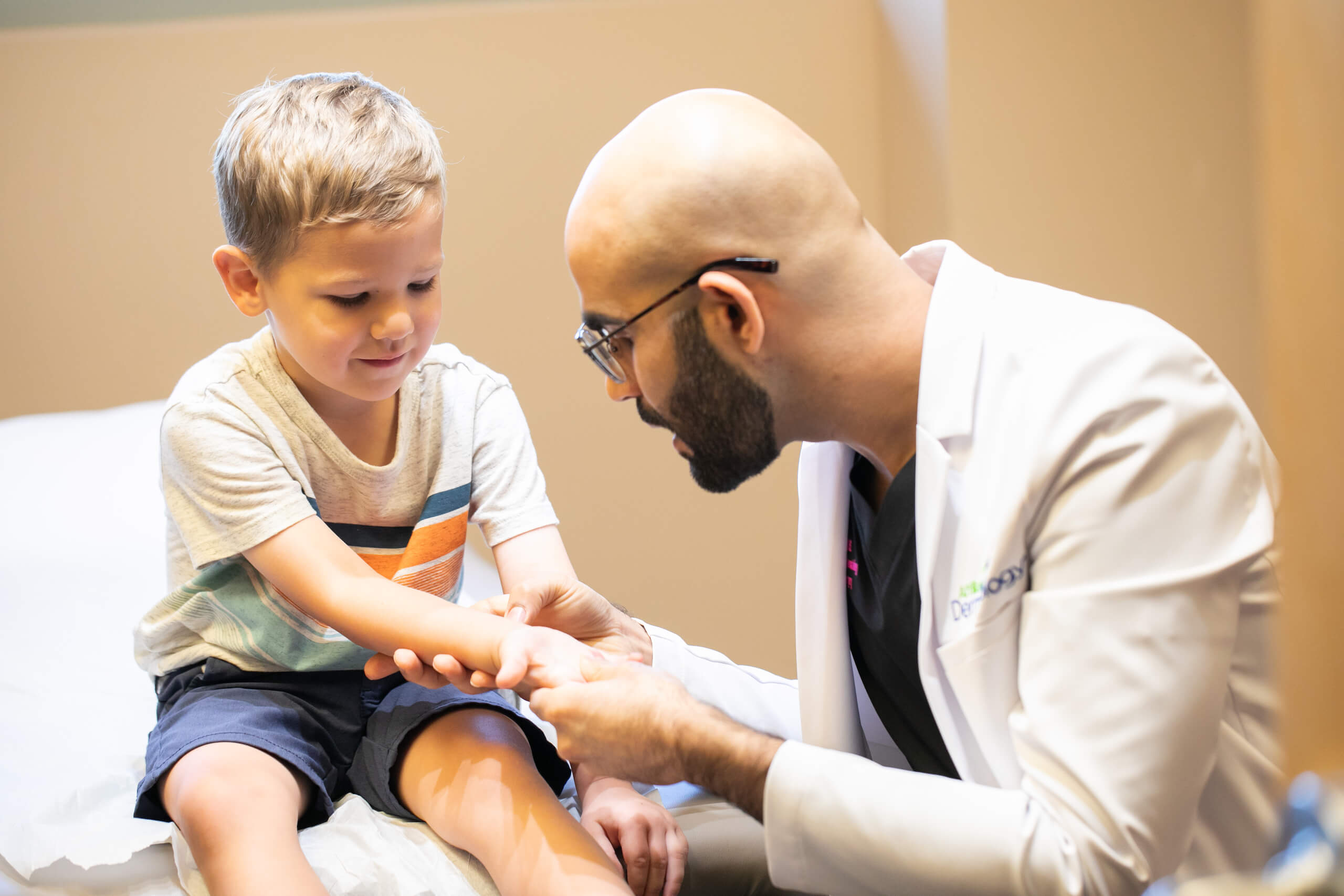Seek treatment for hair loss by visiting a professional hair care expert.
Seek treatment for hair loss by visiting a professional hair care expert.
Blog Article
Navigating Skin Cancer Therapy: The Necessary Function of Mohs in Modern Dermatology Practices
Skin cancer cells, a difficult medical diagnosis, typically leaves people grappling with numerous treatment alternatives. As we explore the ins and outs of this treatment, one will certainly appreciate its essential role in skin cancer cells therapy.
Understanding Skin Cancer: Kinds and Risks
There are 3 main types of skin cancer: Basal cell carcinoma, Squamous cell cancer, and Melanoma. It accounts for only about 1% of skin cancer cells cases yet causes the large bulk of skin cancer deaths. Risk variables include fair skin, history of sunburn, extreme sun exposure, living at high elevations or close to the equator, having lots of moles, a household history of skin cancer, and compromised immune system.
What Is Mohs Surgery and Exactly How It's Revolutionizing Skin Cancer Treatment
Regardless of the countless treatments currently readily available for skin cancer, Mohs surgical procedure stands out as a groundbreaking and highly effective solution. Called after Frederic E. Mohs, the physician who developed the treatment, Mohs surgical treatment is a precise medical method used to treat skin cancer. Throughout the treatment, thin layers of cancer-containing skin are progressively eliminated and analyzed up until just cancer-free tissue continues to be. This strategy allows the cosmetic surgeon to validate that all cancer cells have actually been removed at the time of surgery. This degree of precision, incorporated with the ability to spare as much healthy and balanced tissue as possible, is changing skin cancer treatment. Because of this, Mohs surgical treatment has become a look at this now keystone of modern-day dermatology techniques.
The Advantages of Mohs Surgery Over Traditional Skin Cancer Therapies
Structure on the cutting-edge nature of Mohs surgical procedure, it's essential to consider its many advantages over standard skin cancer therapies. Unlike common treatments, Mohs uses a higher cure price, commonly getting to 99% for new treatments and 94% for recurrent cancers. Additionally, it lessens damages to healthy and balanced skin, leading to much less scarring and improved cosmetic outcomes.
The Treatment of Mohs Surgery: What to Expect Throughout the Refine

Potential Adverse Effects and Post-Operative Care of Mohs Surgery
Undertaking Mohs surgical procedure, like any type of other operation, includes potential negative effects that clients must know. Common side impacts include discomfort, wounding, and swelling at the surgical treatment website. These are usually short-term and convenient with over the counter discomfort medicine and ice packs. In unusual situations, patients might experience infection, bleeding, or an allergy to the neighborhood anesthetic. Post-operative treatment is crucial to healing and lessening negative effects. This generally includes keeping the wound tidy and dry, taking prescribed medications, and avoiding strenuous activities. Clients must likewise go to all follow-up appointments for injury treatment and tracking. Sometimes, added therapies may be necessary to make sure total removal of the malignant cells. Sticking to these post-operative treatment standards can considerably enhance recuperation and results.
Final thought

Report this page